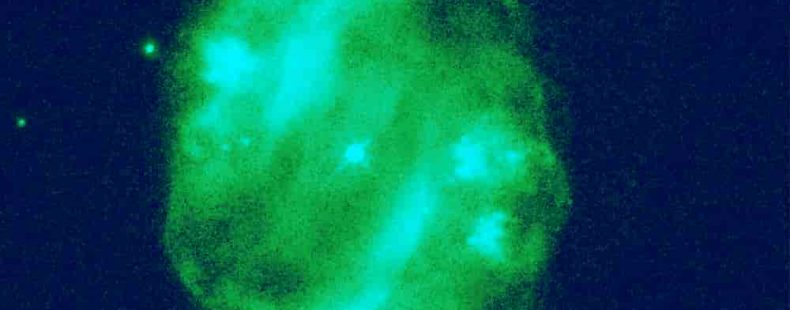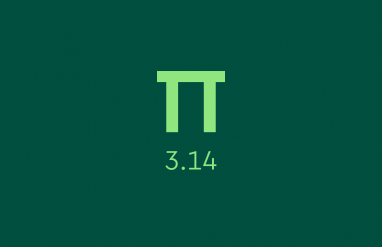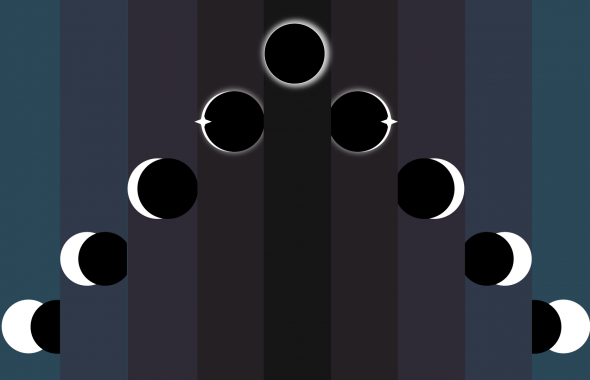Have you heard the story about a giant green blob discovered in a remote section of the universe? An intergalactic blob in and of itself isn’t an appropriate topic for a dictionary website, even if the blob has been shown to move and change color.
The reason you are reading about this on Dictionary.com is the mouthful of a name: Hanny’s Voorwerp. The second word is pronounced “FOR-verp.”
What does voorwerp mean?
While the astronomical enigma’s name and nature scream science fictional nonsense, linguistic logic lies just below the surface. Voorwerp is the Dutch word for “object”—a word commonly applied to cosmic phenomena that defy easy explanation.
Hanny van Arkel is the schoolteacher from Holland who originally identified the glowing ball of gas in 2007 through the Galaxy Zoo project, which allows the public to help identify galaxies. So the unusual name actually has a sweet and simple meaning: “Hanny’s object.”
(We’ve tackled the intersection of the cosmos and language previously, when we explained why a remarkable discovery was dubbed the “Goldilocks Planet.” Get the story, here.)
Hanny’s Voorwerp is associated with some of the most delightful words in astrophysics. According to ongoing research, the blob may be a galaxy that acts like a nebula, lit from within by a quasar. Quasars—or quasi-stellar radio sources—are not stars but the energetic center of supermassive black holes, the brightest objects in the sky.
Astronomers are calling the blob a star nursery: within the nebula, new stars are being born from dust and gas. In terrestrial terms, given a delivery time of millions of years, star “birth” is more like an extended incubation period.
Where is Hanny’s Voorwerp located?
Another unique element of Hanny’s Voorwerp is its location. Star-producing nebulae are often the remnants of supernovas or other previously-exploded stars. The blob is located in a remote part of the universe 650 million light years from Earth in a region where galaxy and star formation are less common.
Hanny van Arkel said she saw the shape of a frog in the Hubble image of the voorwerp, which follows a long tradition of humans finding patterns in the sky.
Just in case you were wondering, blob was originally a verb, meaning “to make or mark with blobs” (from the 15th century), perhaps related to bubble.














